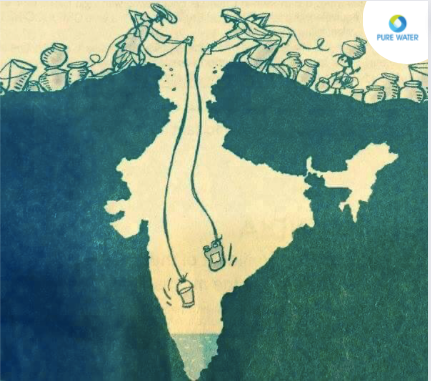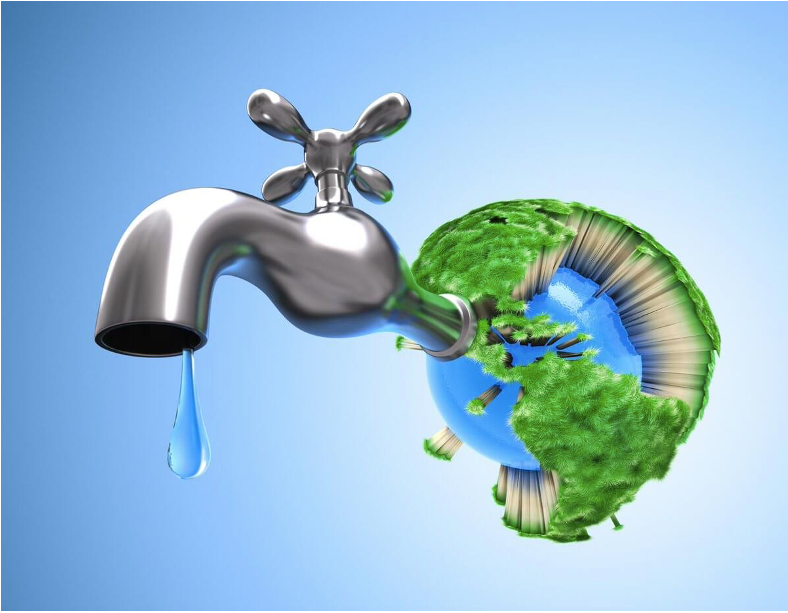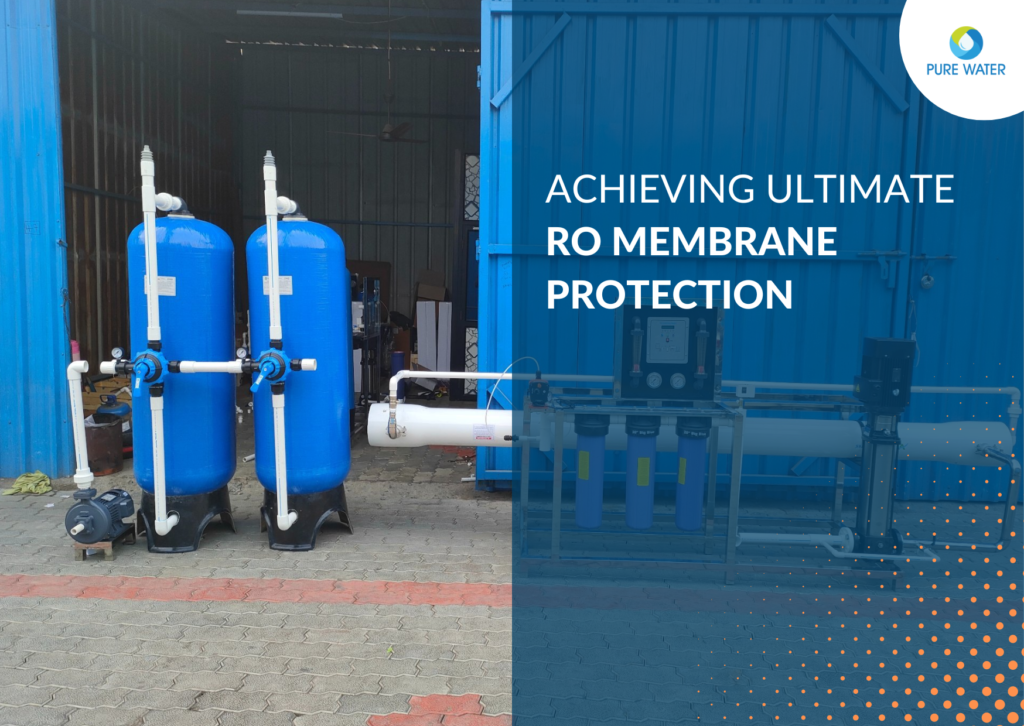
India’s Water Stress
India’s water stress is a pressing issue that demands immediate attention. With a population of over 1.3 billion people, the country faces significant challenges in ensuring sustainable water resources.
Rapid urbanization, industrial growth, and agricultural needs have put immense pressure on the country’s already scarce water resources. As a result, India has become one of the most water-stressed nations globally, with millions of its citizens grappling with the consequences.
In this blog, we will explore India’s water stress situation, the measures taken to address it, the potential for further water conservation efforts, and how membrane systems can contribute to effective water treatment.
India’s Water Stress:
With over half the country’s population experiencing high to extreme water stress levels, India faces a dire situation in terms of water scarcity. Here are a few challenges that India is facing:
- Over 600 million people in India experience high to extreme water stress levels, making it one of the most water-stressed nations globally.
- Rapid population growth, urbanization, and industrial development intensify the pressure on water resources, leading to scarcity and depletion.
- Groundwater levels are declining rapidly, with extraction exceeding natural replenishment rates in many regions.
- By 2030, India’s water consumption will double what it is today. This means that unless the existing consumed water is treated to be reused further, our existing infrastructure will crumble in the face of this challenge.
Further Water Conservation Efforts:
While progress has been made, there is still more that can be done to conserve water in India. Enhancing water infrastructure, implementing effective water pricing mechanisms, raising public awareness about water conservation, and strengthening legislation are key areas to focus on. Here’s what India has been working on to tackle this:
- Enhancing Water Infrastructure: Investing in infrastructure for water storage, treatment, and distribution can minimize losses and improve water availability.
- Water Pricing and Incentives: Implementing a progressive water pricing mechanism that reflects the true cost can encourage responsible water usage.
- Public Awareness and Education: Promoting awareness campaigns on water conservation and sustainable practices can foster a culture of responsible water use.
- Watershed Management: Implementing watershed management strategies, including afforestation and soil conservation, can enhance water availability and quality.
- Strengthening Legislation: Enforcing stricter regulations and penalties for water wastage and pollution can promote responsible water management.
Membrane Systems to the rescue:
Relating to water treatment through membrane systems: In the quest for sustainable water management, advanced water treatment technologies play a crucial role. Membrane systems, such as reverse osmosis (RO) and ultrafiltration (UF), offer effective solutions for purifying and treating water. These membrane-based filtration methods have gained prominence in addressing water stress by removing contaminants, salts, impurities, and even microorganisms from water sources.
- Membrane filtration technologies, such as reverse osmosis (RO) and ultrafiltration (UF), play a crucial role in water treatment
- RO systems remove contaminants, salts, and impurities, ensuring access to safe drinking water.
- UF membranes effectively remove suspended solids, bacteria, and viruses from water, making it suitable for various applications.
- Membrane-based wastewater treatment enables the reuse of treated water for industrial and agricultural purposes, reducing freshwater demand.
- Adoption of Membrane Systems: Encouraging the implementation of membrane-based water treatment systems can address water stress by ensuring the efficient utilization and reuse of available water resources.
India’s water stress poses significant challenges, but with concerted efforts, it can be mitigated. The government’s initiatives, combined with further water conservation measures, public participation, and the adoption of advanced membrane systems, can pave the way for sustainable water management. By recognizing the importance of water conservation and investing in innovative technologies, we can secure a water-secure future for India and ensure access to clean water for generations to come.







About The Author: Pure Water
More posts by Pure Water